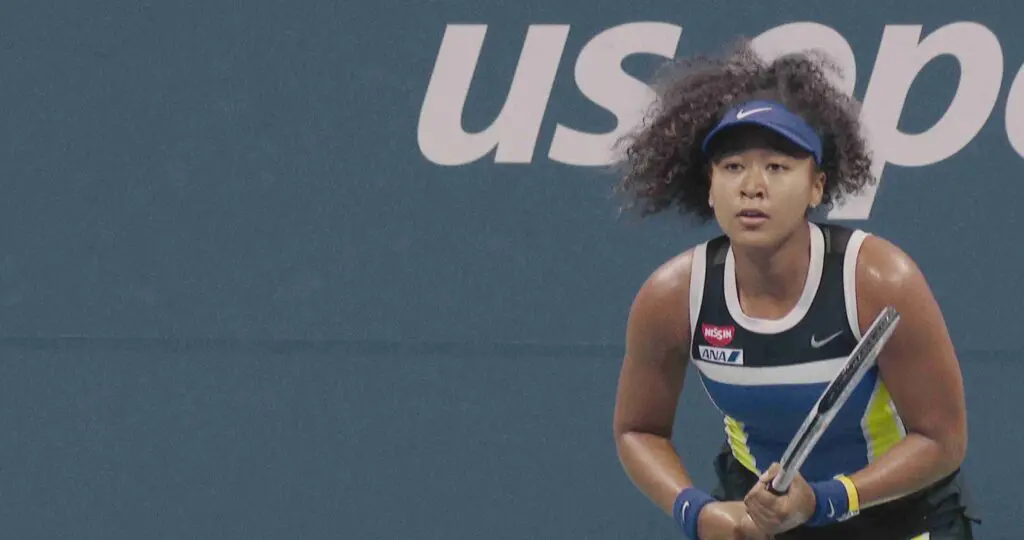Summary
This series is important; not only does it embody the rise of a star, it emphasizes the struggles of a child platforming in an adult world, coupled with the mental health complexities that come with it.
Netflix limited docuseries Naomi Osaka will be released on the streaming service on July 16, 2021.
It’s heavily reported that tennis star Naomi Osaka is taking a needed break from the sport, citing anxiety and depression, at least until the delayed 2020 Olympics. Naomi is a reminder that child prodigies that evolve into “champions of their industry” face ludicrous pressure. It’s no surprise that the Japanese player suffered mentally after defeating Serena in the 2018 US Open final, securing her first Grand Slam, sending seismic shocks in the world of tennis. Overnight, Naomi became one of the world’s most marketable athletes, and it was clear why.
The Netflix docuseries is intimately narrated by Naomi Osaka, and I found that uniquely interesting. Without being too sentimental, I see a lot of myself in Naomi. She’s highly introverted, she shies away from social interactions, and she never really looks too sure of herself, which is incredible considering she knows how to hit a ball in front of large crowds. The documentary series does marvelously well to zone in on Naomi as a person; it’s captured her mannerisms, where’s she’s a flicker away from a smile or putting her headphones to drown out the social noise. Naomi narrating feels like a win because, you know, as an introverted person, it likely took all her energy to do it. From a personal standpoint, it feels extremely rare to find a role model from someone younger.
Naomi Osaka is a personal and honest account of the star’s life. It’s not a timeline, basking in her glory on the tennis courts. Naomi brings truth to each milestone; how the media feels like pressure, how she needs a break, and how her rise to the top “felt too fast.” She brings slices of Imposter Syndrome, but also the expectation that she must win. That must-win feeling has to feel heavy on the shoulders.
At only 3 episodes, Naomi Osaka is short and sweet. However, consideration needs to be set — as I write this, the athlete is 23 years old. Her story has only begun. She has years ahead of her to inspire young people, represent her heritage, and win more titles. So, in fact, three episodes indicate where the tennis player is at (currently standing at No. 2 in the world).
The docuseries is not too heavy either; while it shows snippets of important games and reels of training footage, the series acts more of a reality show in some regards; the camera is intimate, with Naomi and her family not shying away from the lens and providing that naturalistic view of her life. You’ll find yourself smirking at Naomi’s one-worded answers at times, with slight humor.
This series is important; not only does it embody the rise of a star, it emphasizes the struggles of a child star platforming in an adult world, coupled with the mental health complexities that come with it. Naomi Osaka makes a swing for one of the best documentaries of the year.




